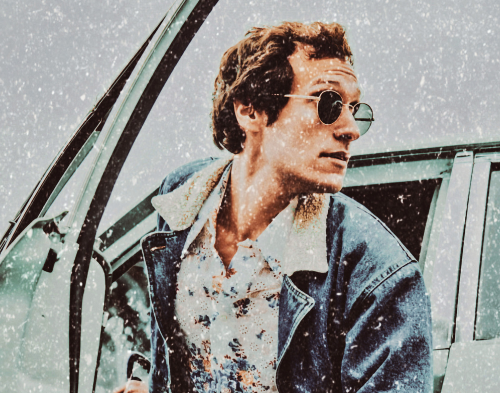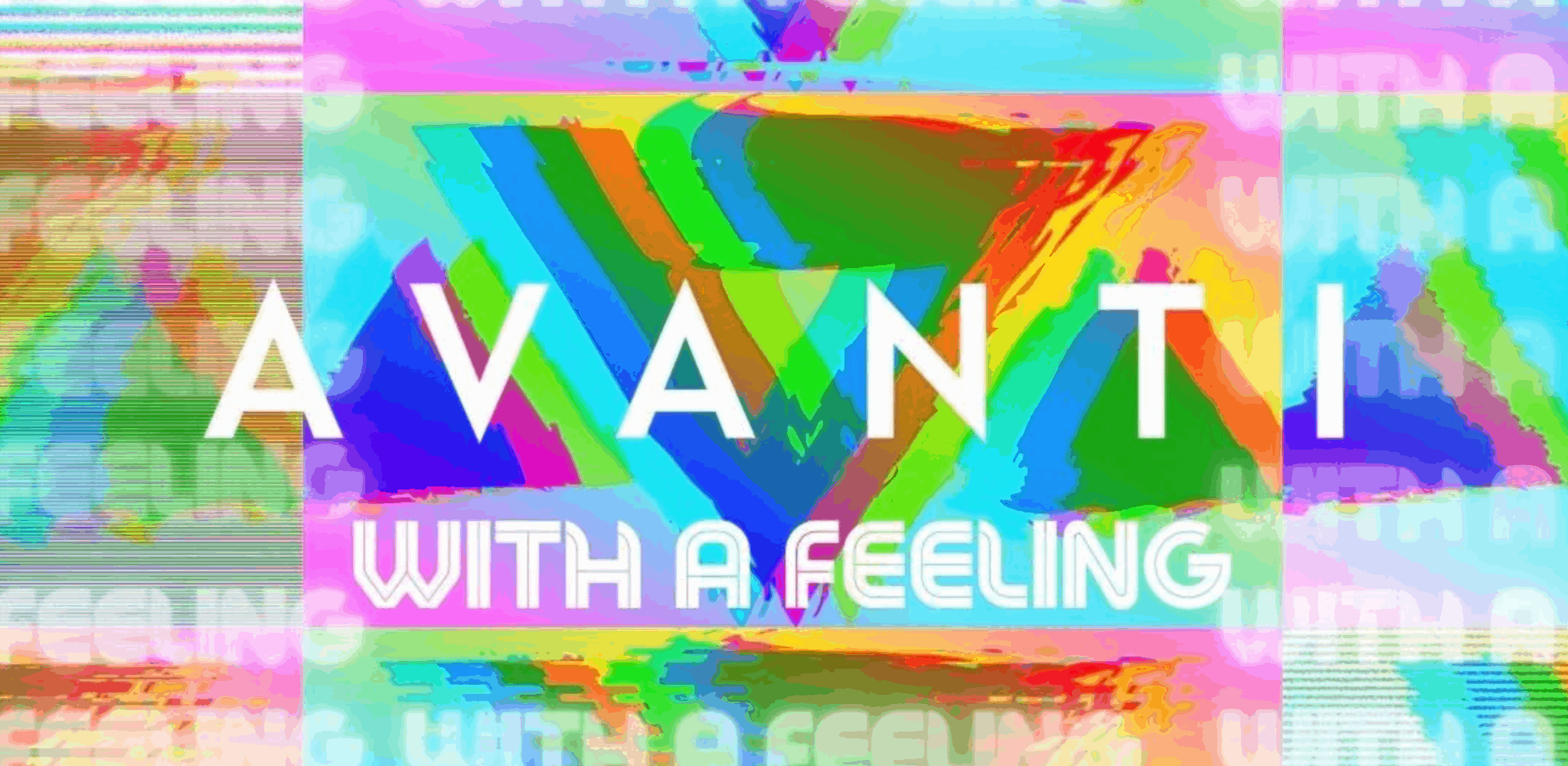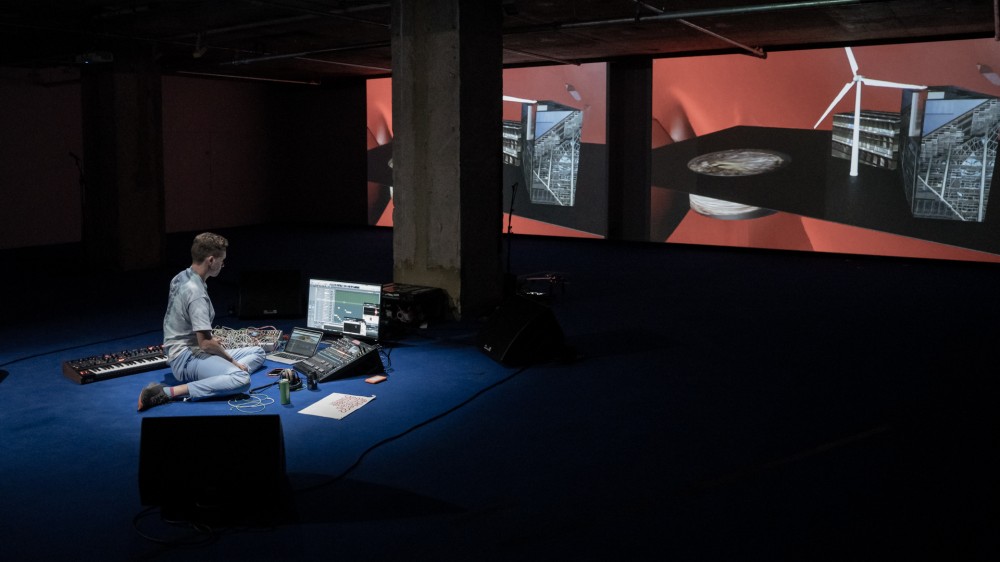
Patch Notes: Powell, Amstad and Eknæs present aƒ22 ➜ virtual entanglement
A remote A/V performance that forms part of Powell, Amstad and Eknæs’ a ƒolder project.
For the latest in a series of Patch Notes episodes filmed behind closed doors by Fact at 180 The Strand, we invited Oscar Powell to perform a remote audio-visual set with artists Michael Amstad and Marte Eknæs, who this year launched a new multidisciplinary project, a ƒolder.
Described as a “polyphonic outputting organism”, a ƒolder exists as a fluid space of artistic production, within which sound and image can be disassembled and reassembled in spontaneous and non-linear ways.
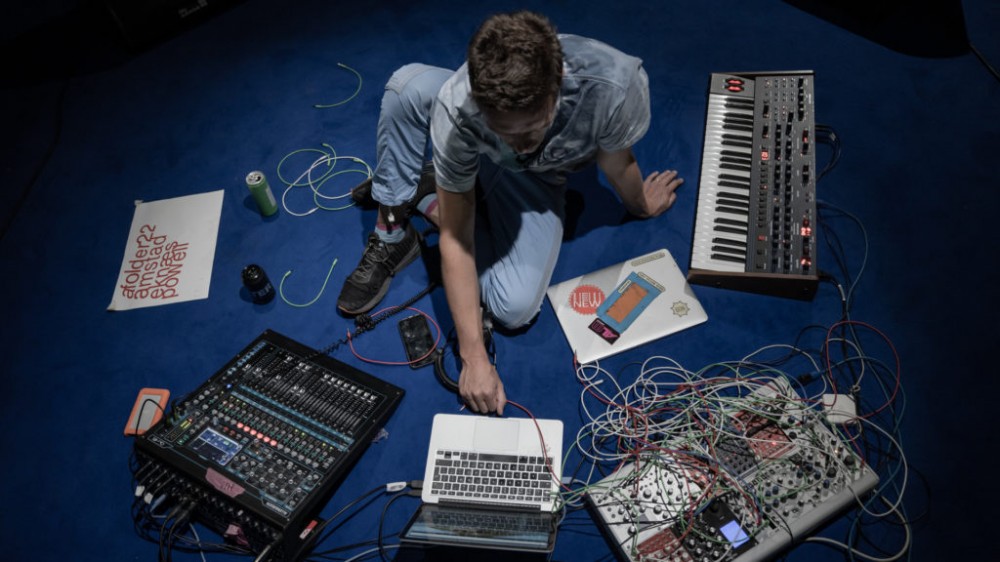
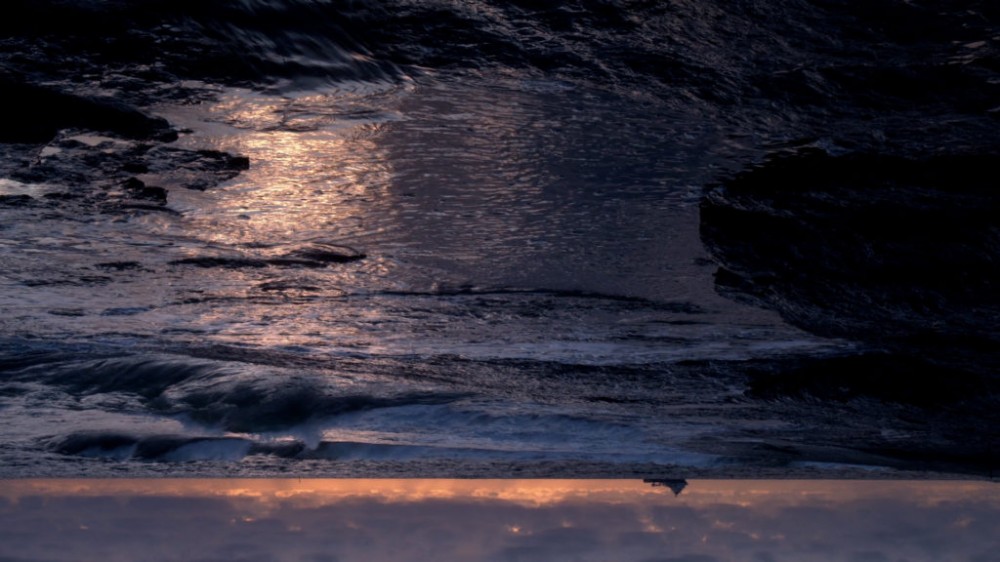
As the COVID-19 pandemic made it difficult for the collective to assemble in one place, Powell, Amstad and Eknæs performed remotely, with Powell in London manipulating audio, and Amstad and Eknæs responding with the visual component in real time with a Resolume Avenue and Akai APC40 MKII via a livestream from Berlin, resulting in a unique and appropriate set for the conditions of 2020.
“I like to try and recreate the most comfortable environment in which to work, to make it actually feel like I might be in the studio, where I spend most of my life and feel most relaxed,” Powell says. “This explains, also, the lying on the floor. It’s something I do at home now and I somehow feel less observed in that mode.”
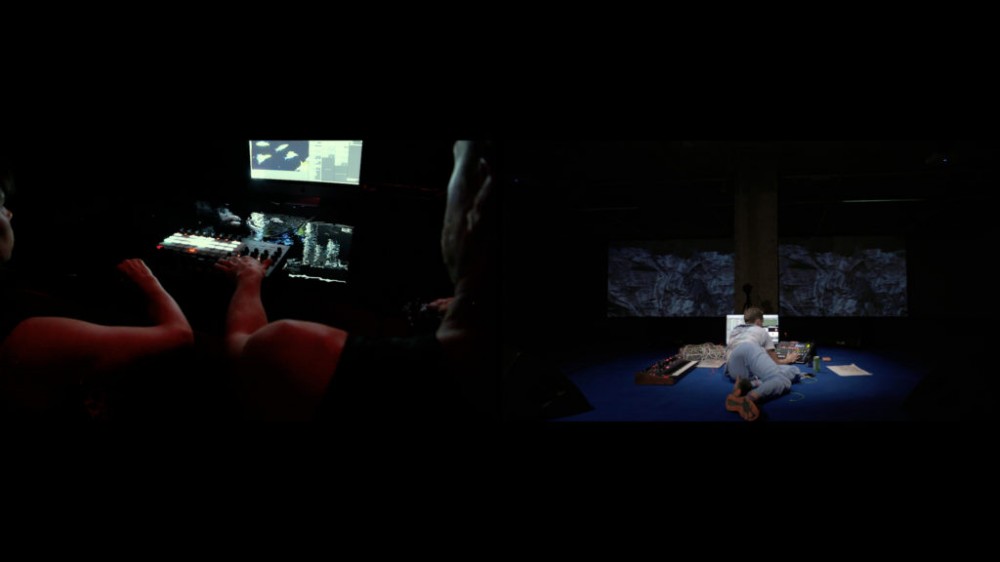
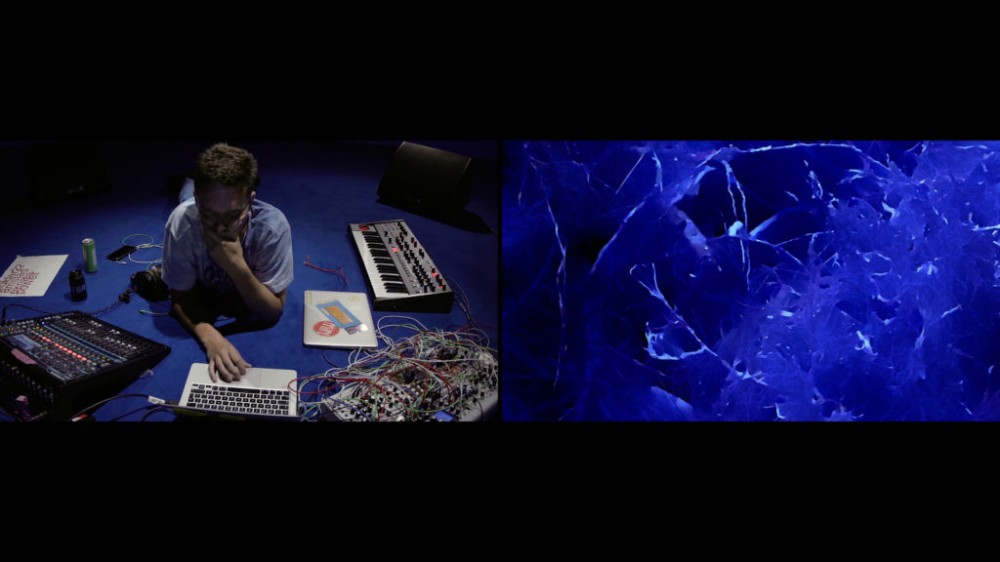
Powell performed with an Alllen & Heath digital mixer and laptop with GRM Tools software, Sequential OB-6 and a modular system including a Cloud Terrarium VCO, ALM Akemie’s Taiko, Rossum Electro-Music stereo filter, ADDAC 222 for interfacing between computer and modular and a few other modules.
“Most of the work here was computer based, though, as we were essentially putting music and film into the space, seeing how they could collide despite us being in different countries — like a diffusion,” Powell explains. “This is why, when we perform, we prefer to look at the film rather than stand in front of it; that way, we are all participants in the same thing, and the music can respond to the images, rather than the visual element always responding to the audio. Inspiration can move in both directions.”
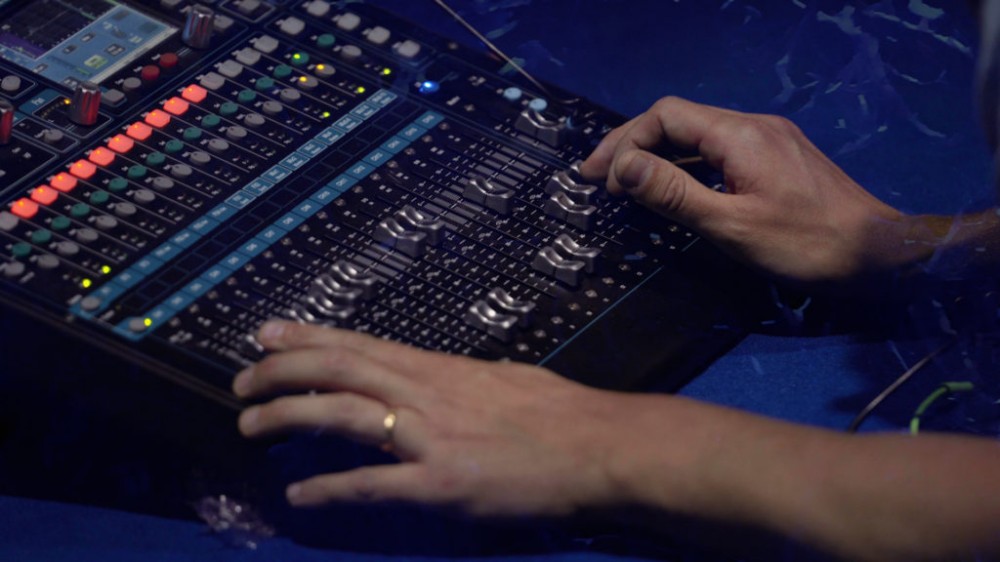
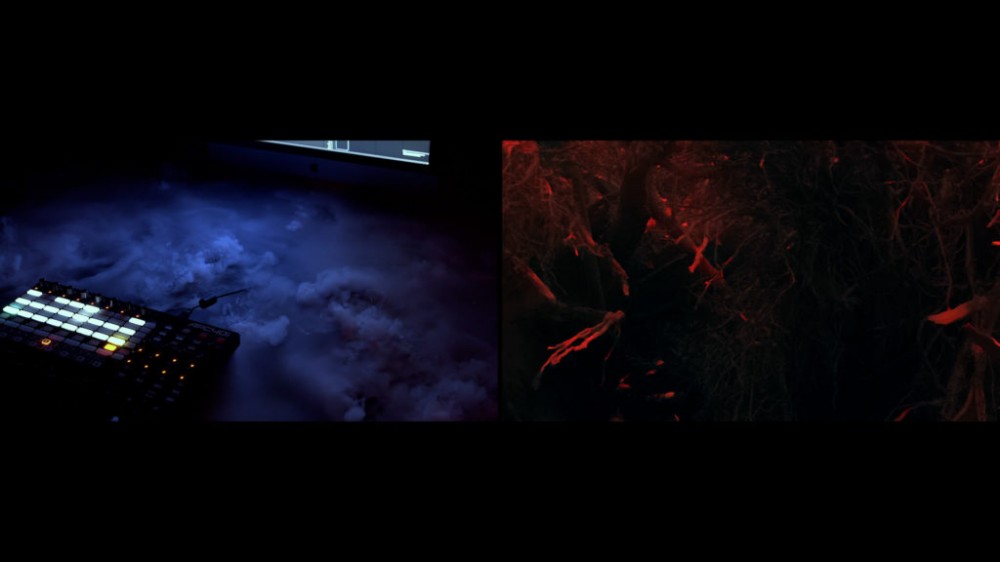
The performance has its own catalogue number and name (aƒ22 ➜ virtual entanglement) within the project as a whole, which utilises non-systematic organisation. “Each element has a number to be identified within afolder.studio, but it is not a linear progression and the numbers are given as they fall into our minds,” Powell explains.
“Even before lockdown we had been working on remote performance ideas and recording quite a few extended sessions in which we’d both just feel out how this arrangement of streaming back and forth to one another could work. We started to collect these visual recordings. When we were then invited to perform by Fact, we felt it would be crazy for Micha and Marte to come to London for it, so it became a good opportunity to try and distill some of the things we’d been playing with. There are so many limitations when working like this, but those limitations can sometimes open up new ways of looking/listening that you wouldn’t explore when at full tech capacity.


“As a basic flow, I was sending one summed stereo stream to the guys in Berlin, who were then putting film to it and sending it back to London. We decided to keep the live room music as the original send, so the film is delayed a bit when it returns. That in itself was something we just had to embrace, but it also promoted a way of performing that was perhaps more open, with fewer changes. I wanted to see what the guys were sending back before suggesting places to go next.
“In an ideal pre-COVID scenario, we would all be together, also with Mathias Gmachl, and the relationships between music, film and real-time image processing would be more tightly wound and Mathias could share the MIDI data I am using.”
Powell’s latest album (or volume) of music, aƒ20 ➜ ‘on the feet of a wind’, is available digitally now and can be pre-ordered on vinyl ahead of its physical release in January 2021. However, the nature of a ƒolder means that the project’s website functions as an ongoing archive that can be used to release things in a more flexible way.
“In a way, this is the release and these kinds of performances and records etc are the things that fill it up. So let’s see how it inflates over the next few years,” Powell says. “There is already hours and hours of music and film and other absurdities on there, and we make a lot of it available for free because we hope people will take a chance on things in entirely new contexts, outside of the usual ring-fenced environments in which we consume things. So yeah, the website is important to us. It’s meant to be a little non-sensical, definitely not 100% serious; but I do see it as the work or release.”
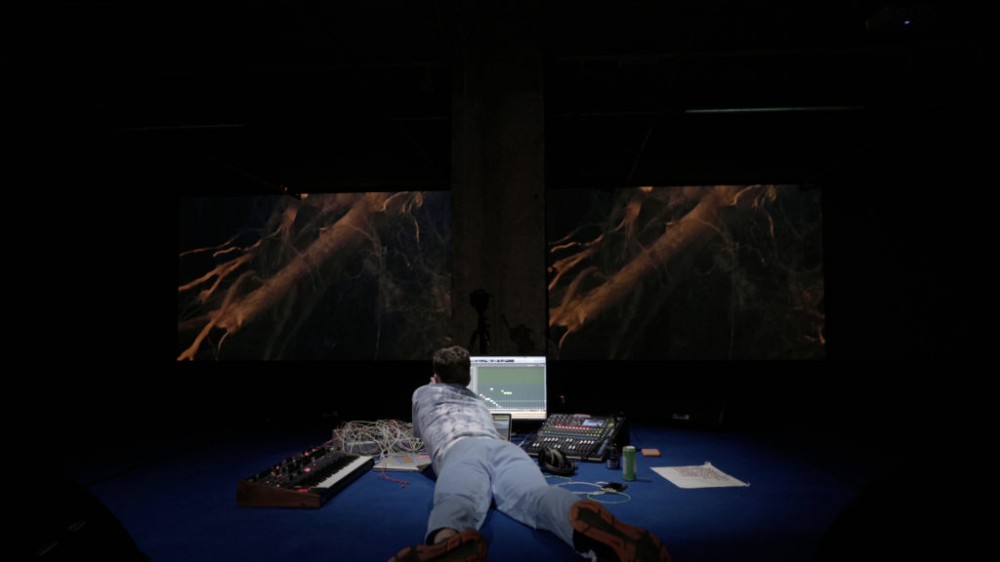
You can discover more at Forms of Flexibility, a related resource created by Eknæs. Watch the latest video from a folder, aƒ20 ➜ the pigeon trk, here.
Special shout out: Leah Powell

